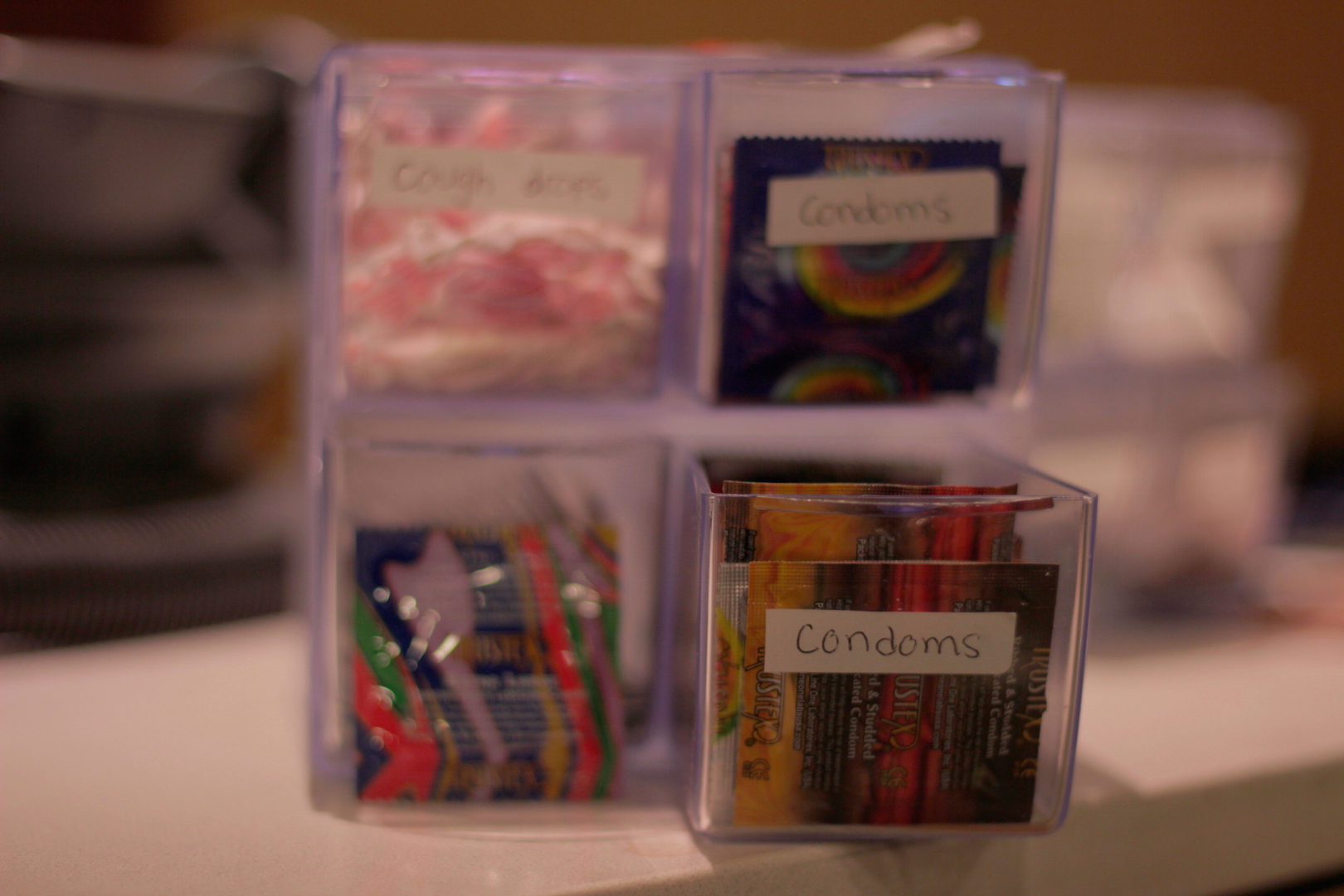
Polyamory is a term that I didn’t hear until college, when acquaintances told me about how they “opened up” their relationships. I still haven’t seen much representation of such relationship styles in popular media, unless you count random off-colored jokes about “swingers” in older movies. In college it seems to be much more popular, where books like “Ethical Slut” by Dossy Easton and Janet Hardy have circulated on campuses throughout the country.
According to communication studies professor Bianca Wolf, however, in communication research there is still as much stigma about polyamory amongst young college-aged folks as there is in older circles. When my coworker asked me what the difference between casual dating, hookup culture and polyamory is, I realized that it was actually difficult for me to answer, so I decided to do some research.
Polyamory is defined by Webster’s Dictionary as “the philosophy or state of being in love or romantically involved with more than one person at the same time.” This can mean many things. Poly folks can and do commit in the same way that monogamous people do. Oftentimes a polyamorous person and their partner will open their relationship to have relationships with other people, whether they are casual or more serious.
While it may seem like a trendy new term, polyamory as a concept has been around for a long time. According to the Ancient History Online Encyclopedia, the relationship model has been written about in ancients texts from Mesopotamia, Egypt and Greece, and is even mentioned in the Qur’an and the Bible.
It is important to note, however, that in ancient texts polyamory has often only been portrayed as a man with multiple woman partners. Unfortunately, polyamory from a woman or LGBTQ person’s perspective has not been documented as far back in history.
The term “polyamory” itself can be traced back to the early 1970s in the Haight Ashbury district of San Francisco, the epicenter of the “Free Love” hippie movement that began in the 1960s.
Polyamory, otherwise known as non-monogamy, is relatively common. According to research published in Psychology Today in 2014, there were as many as 2.4 million people practicing non-monogamy in the United States.
Morethantwo.com, a website about polyamorous lifestyle for polyamorous communities, suggests that in order to have a healthy polyamorous relationship, people must rely on explicit communication and set boundaries, just like in any other relationship. The site encourages people to avoid coercing their partner(s) into what they want the relationship to look like. Instead, it is important to pay close attention to what the other(s) want out of the relationship. Morethantwo also suggests that couples avoid keeping score of who has more partners, avoid vilifying other partners and, most importantly, to keep track of your changing needs and communicate them effectively.
Polyamory and open relationships certainly aren’t for everyone. Being polyamorous doesn’t automatically solve any problems that occur in monogamous relationships, and those in polyamorous relationships are not necessarily more enlightened in terms of romance and sex than anyone else.
It is normal and possible to explore polyamory, but it doesn’t mean that you must stick with it. Some people find that it is not a safer emotional option for them and they turn back to monogamy.

